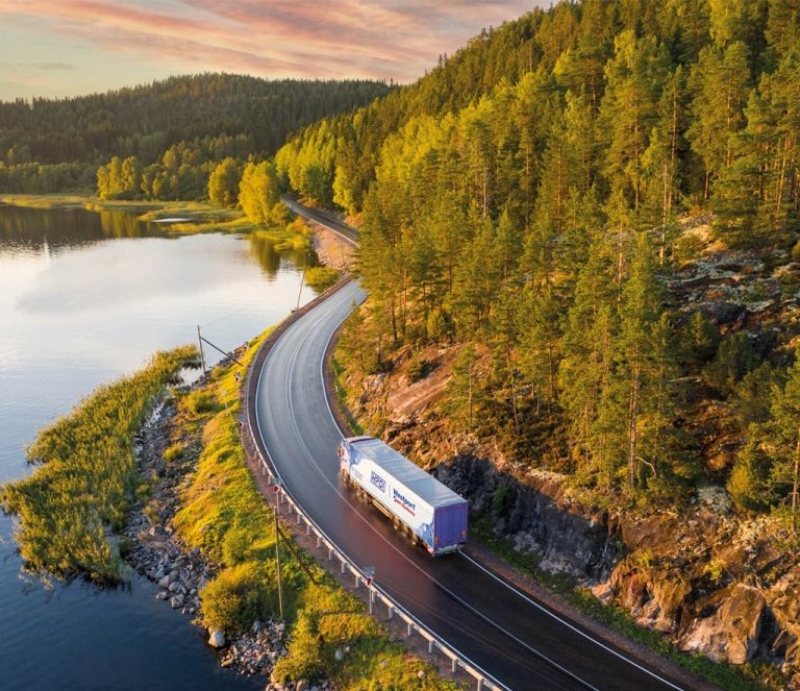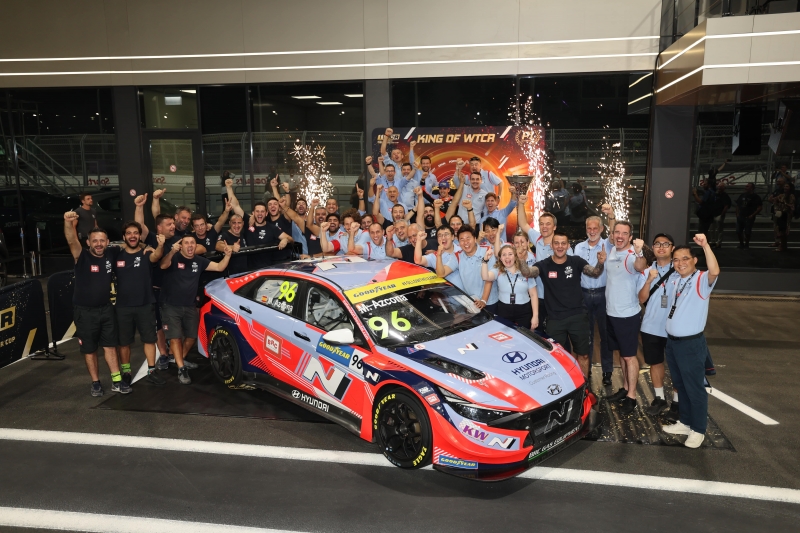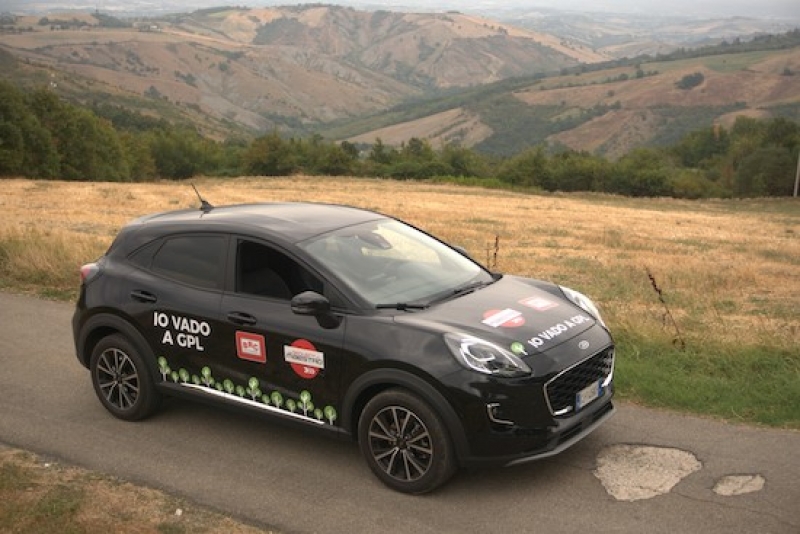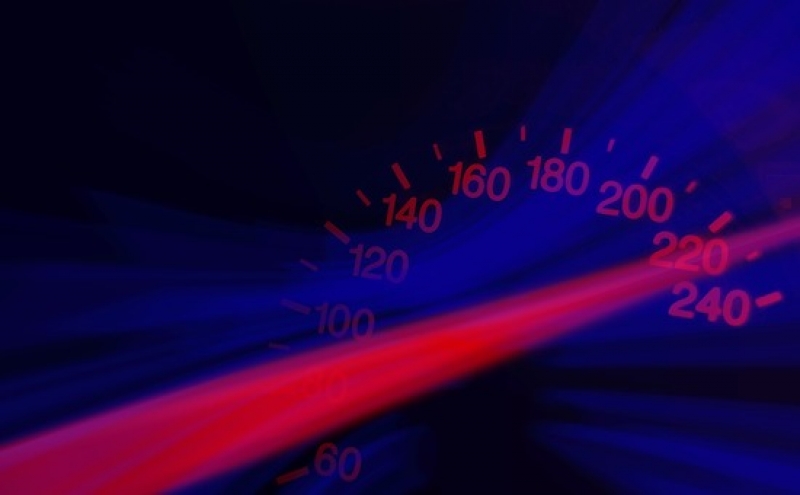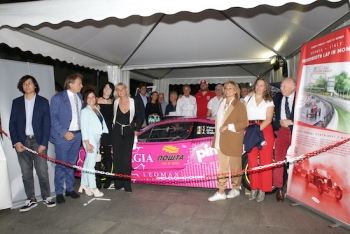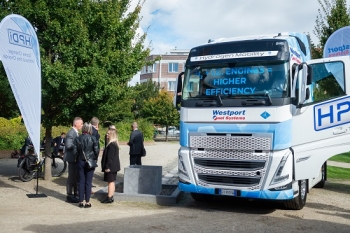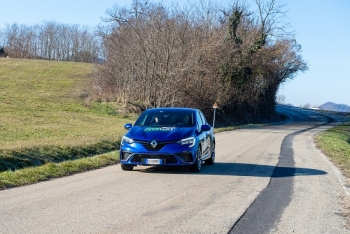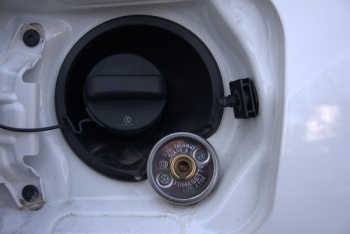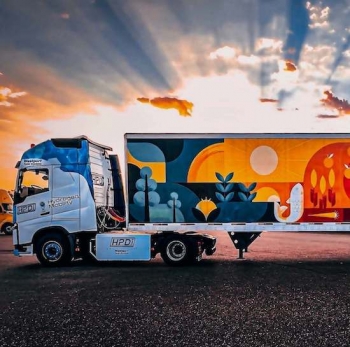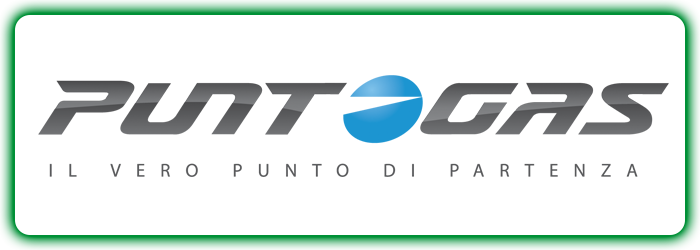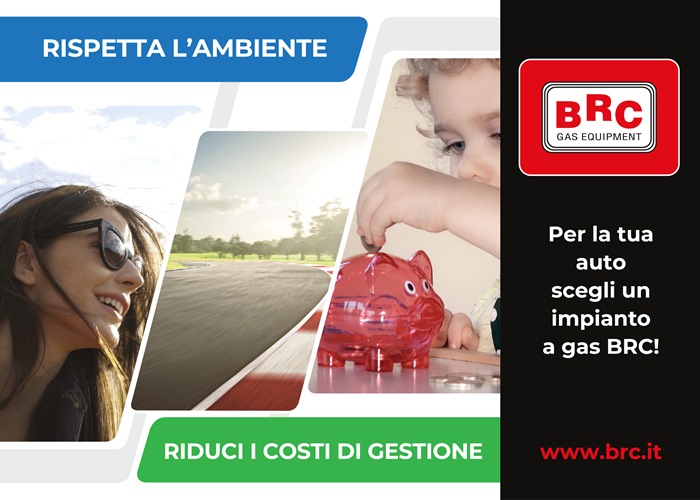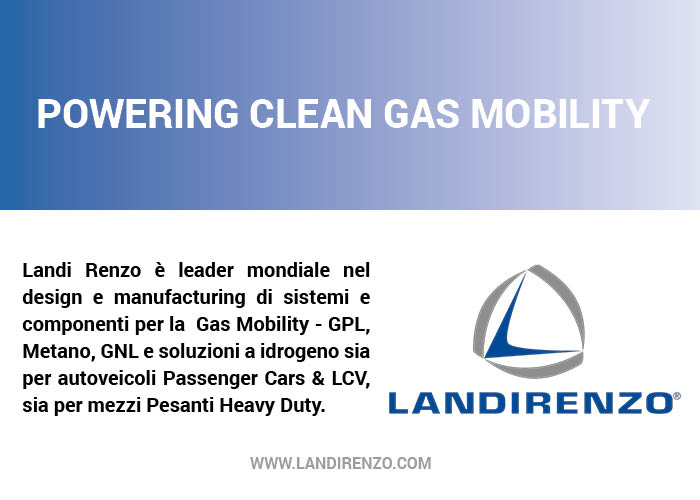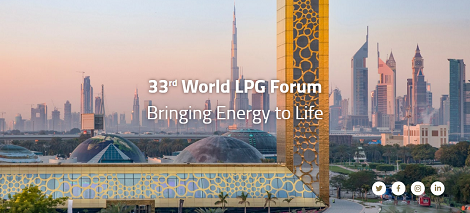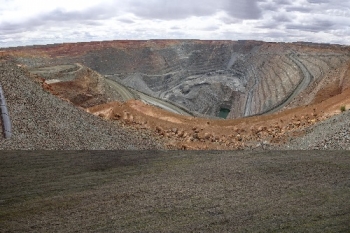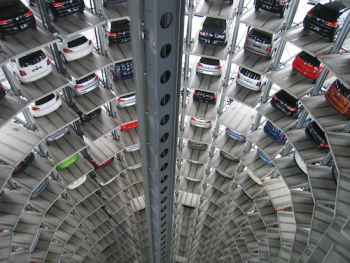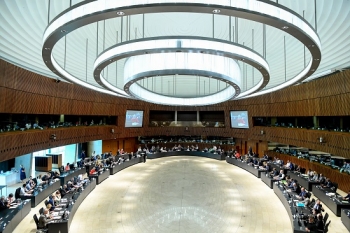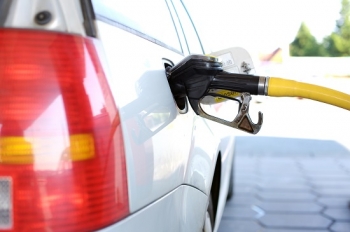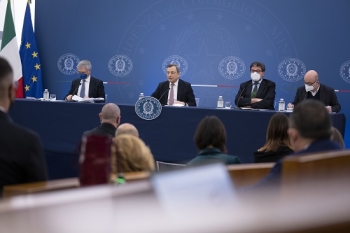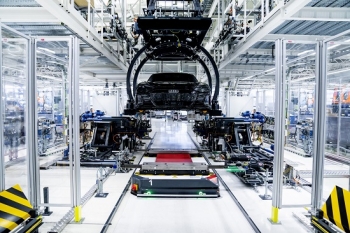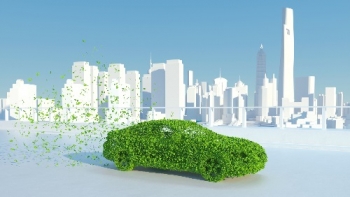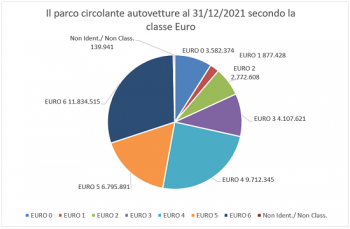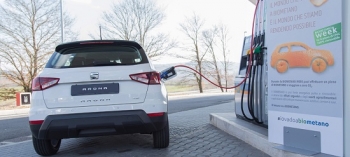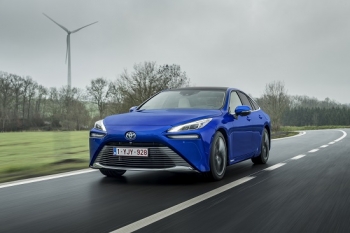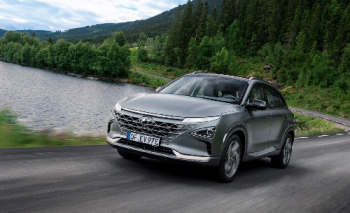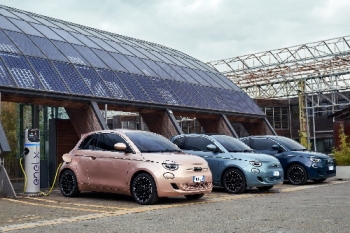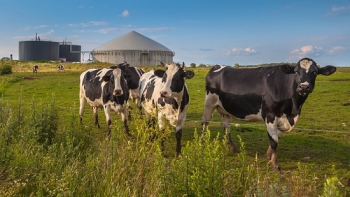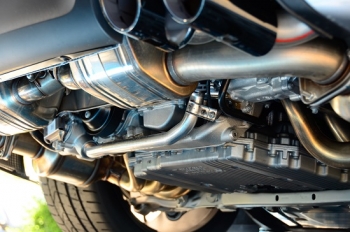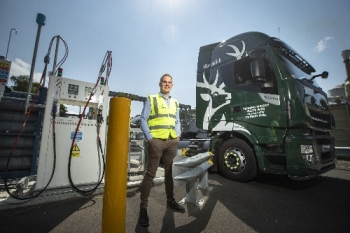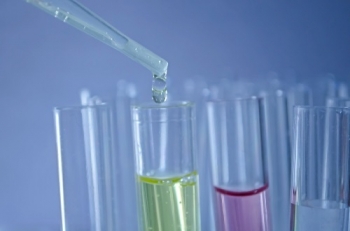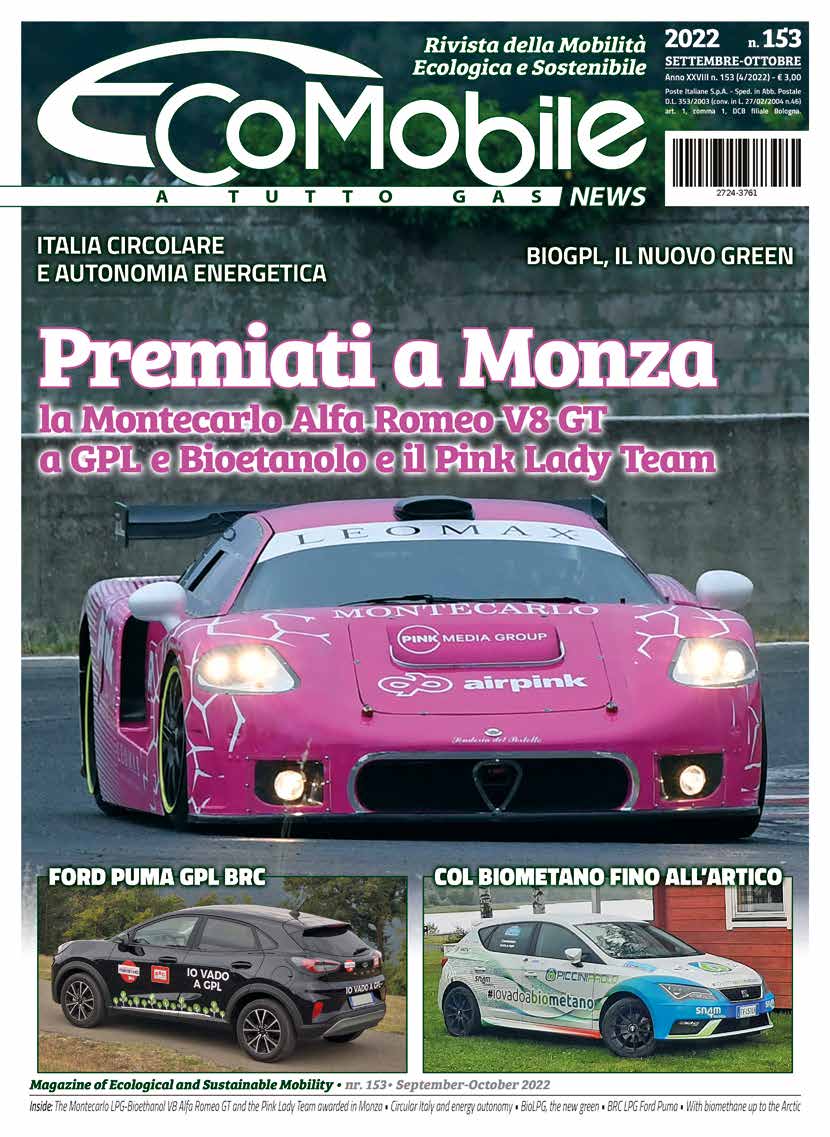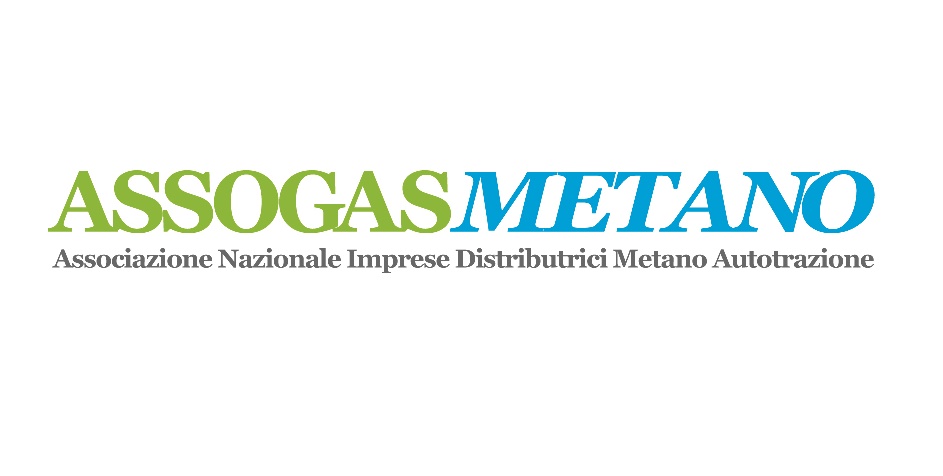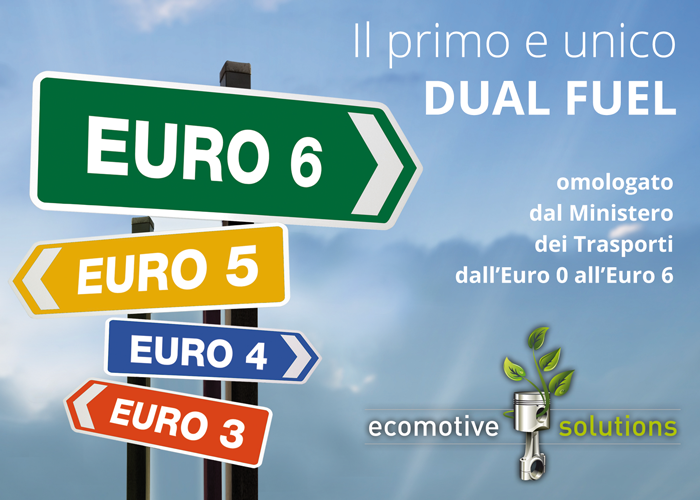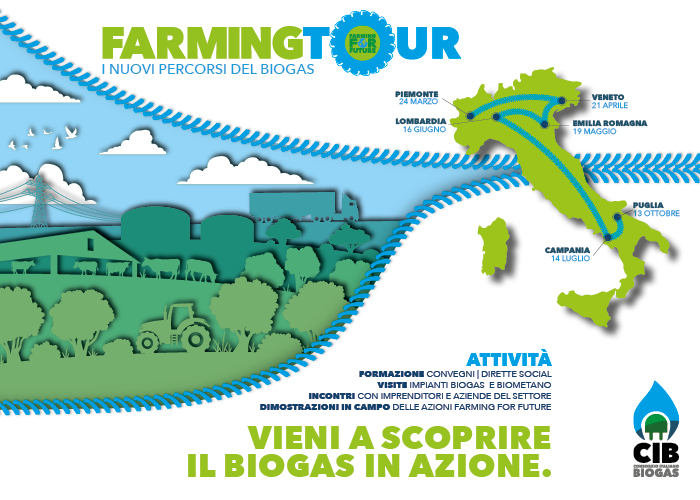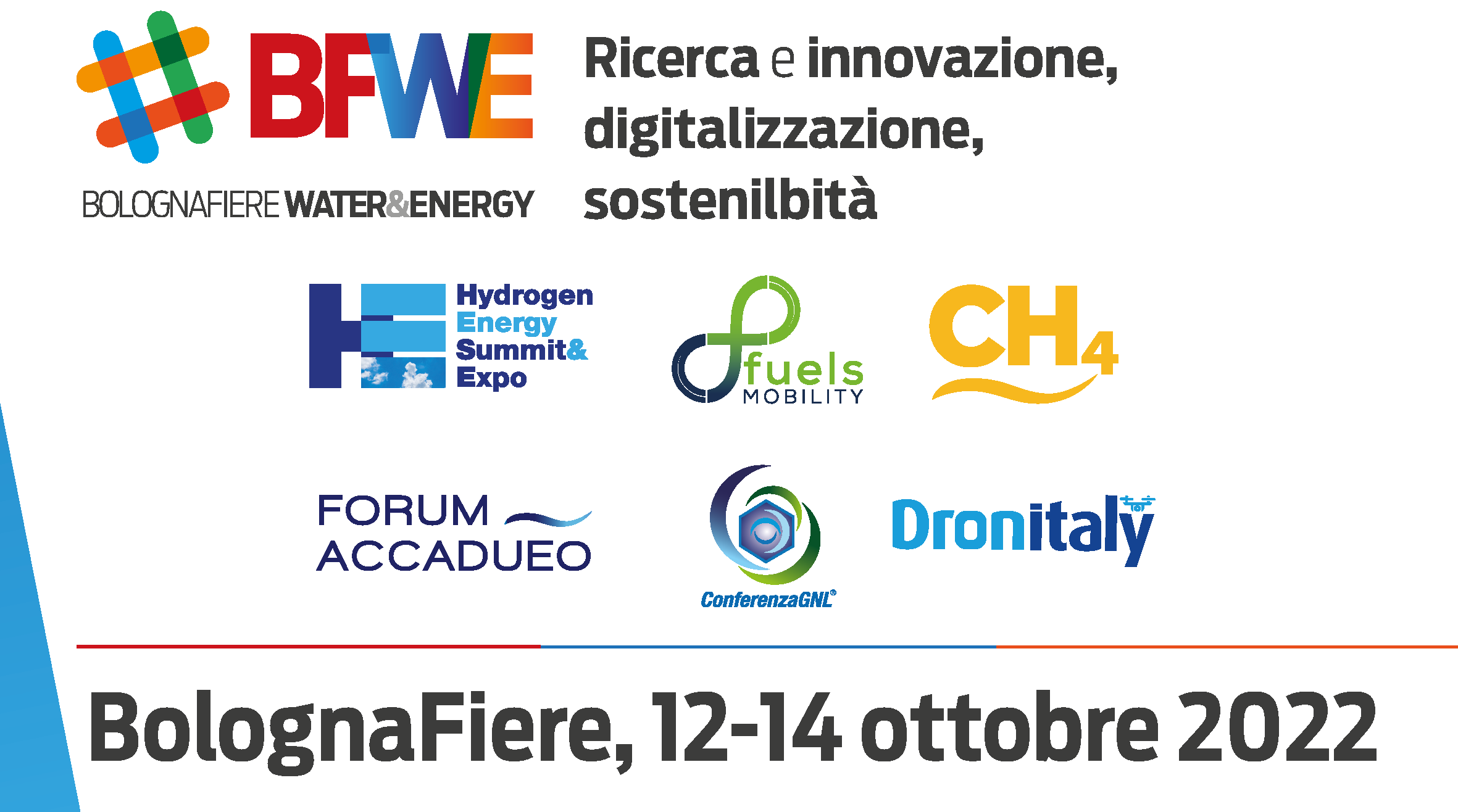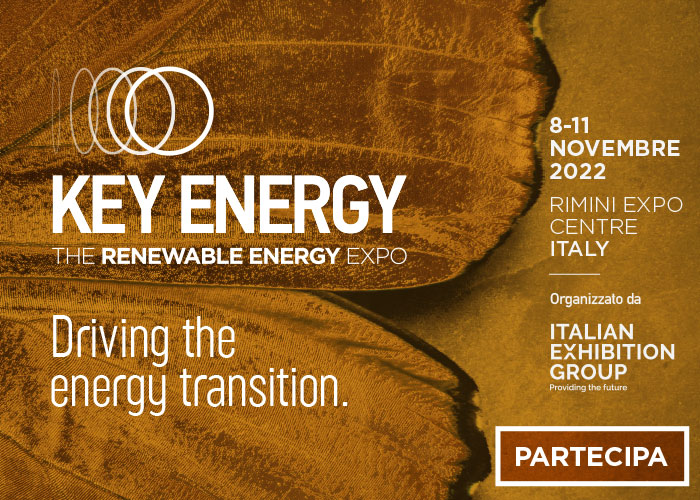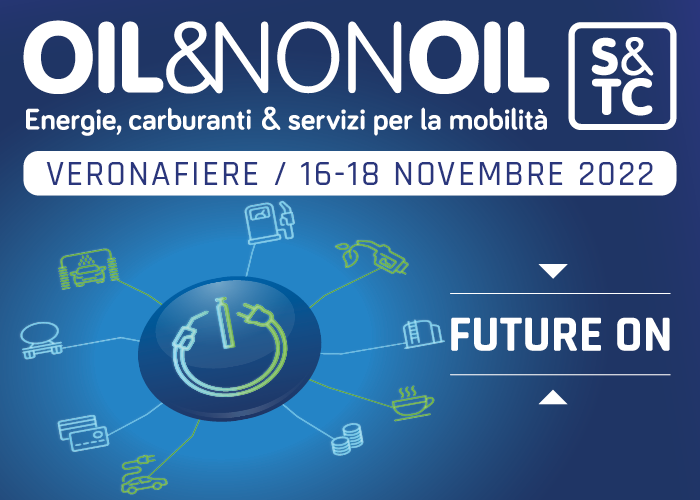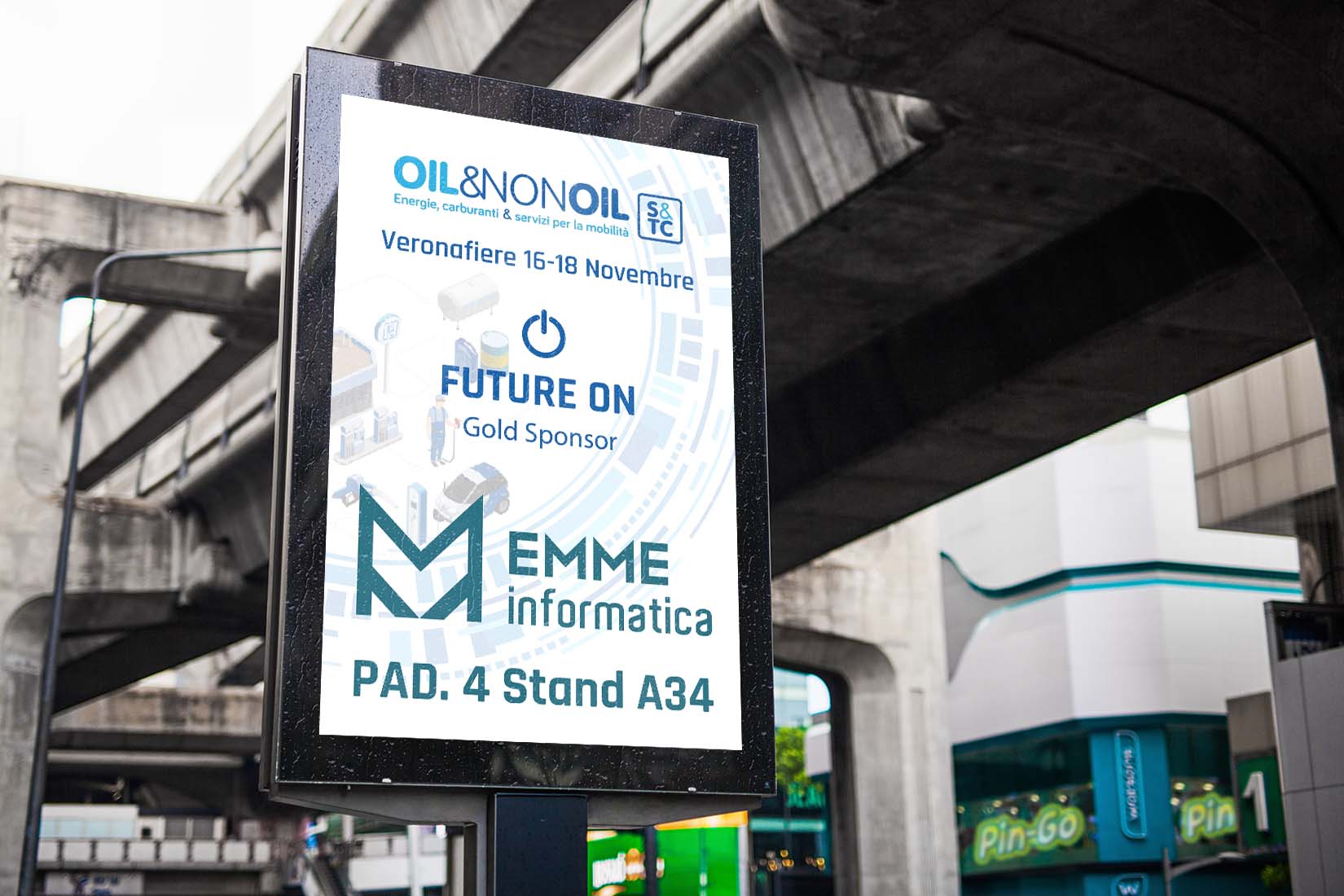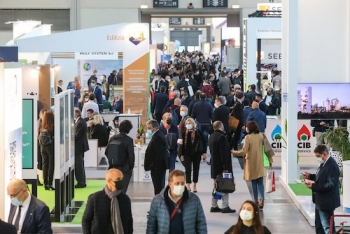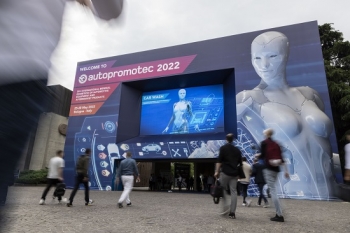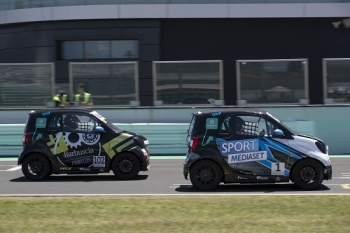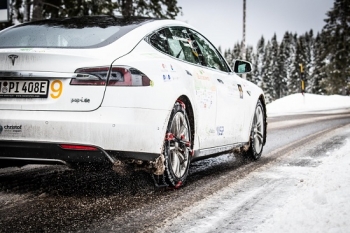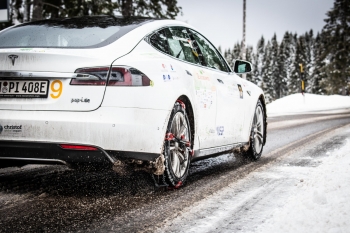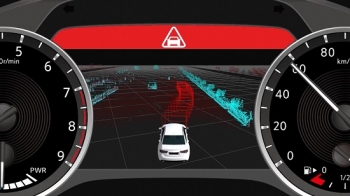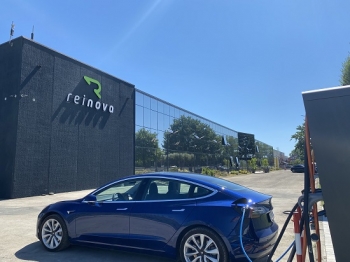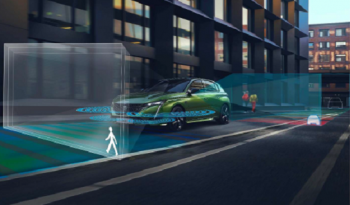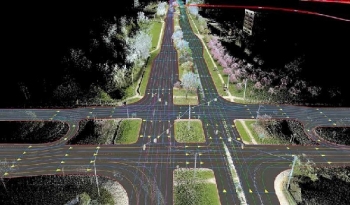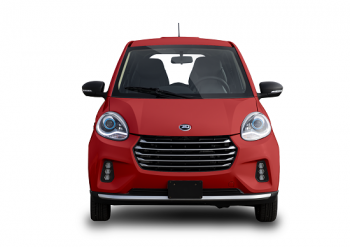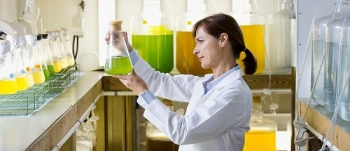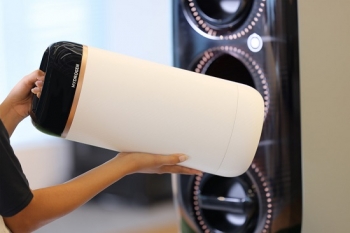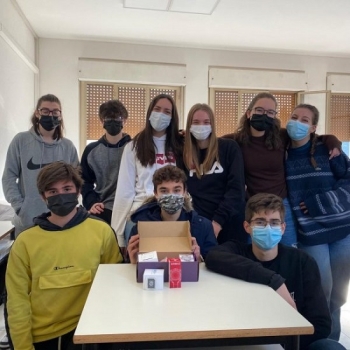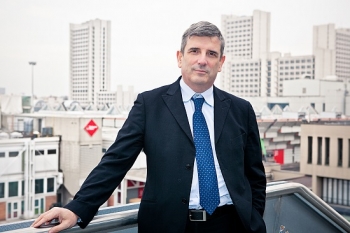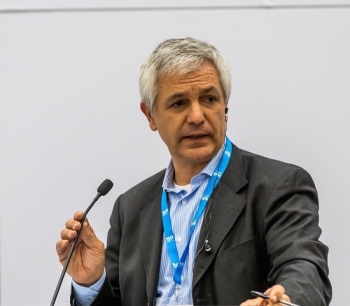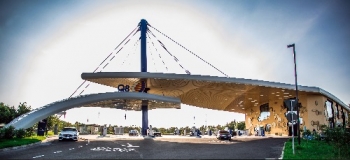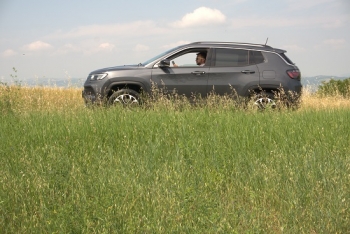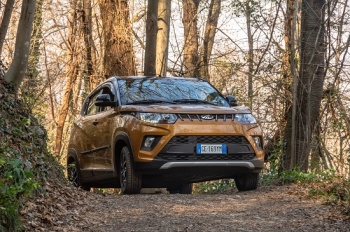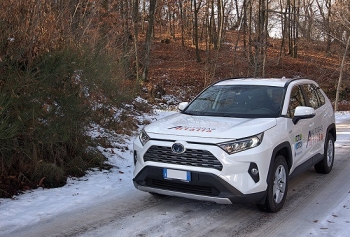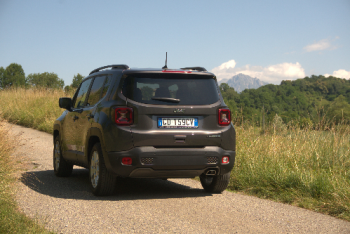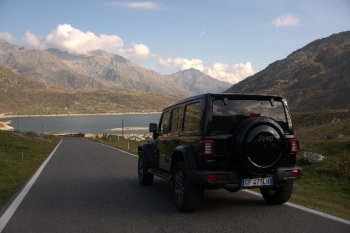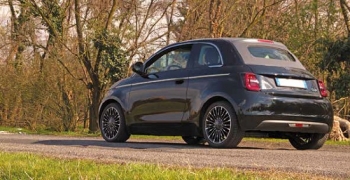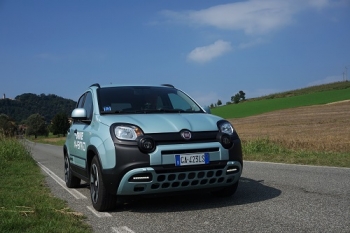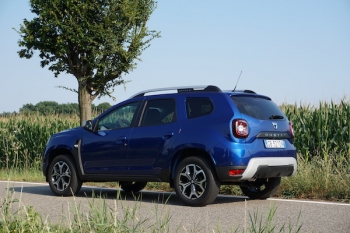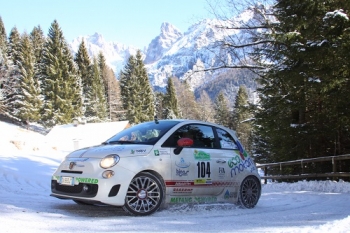In the spotlight
More News
Current Events
- 02 November 2020 - 04 November 2020
- Dubai World Trade Centre
- Sheikh Zayed Rd - Dubai - Emirati Arabi Uniti
The Ministry of Ecological Transition announced the National Plan for the containment of natural gas consumption.
Italians love to cry about themselves.
We would have liked to dedicate our attention to the entry of environment into the Italian Republic’s Constitution, which officially took place with the publication in the Official Gazette on February 22nd of the law amending Article 9, including it among the fundamental principles.
We are getting used to new words and acronyms, which until recently seemed difficult to put into reality.
It is a clear concept. The progressive exhaustion of the planet’s resources together with the need to change pace in order to head towards a zero emissions future will have a high cost for everyone. For quite some time, there have been many alarm bells. Soaring prices of electricity and gas, as well as for the materials needed by the construction sector, A new Chinese crisis, scarcity of raw materials, lithium and cobalt rush, war of microchips, automotive components not delivered… News that we still struggle to process, but we are aware that something is changing. The role of politics is fundamental and urgent in order to mitigate the negative effects on businesses and citizens and to study reforms capable of accompanying society along the path of transition. After Fit for 55, the climate package adopted on July 14th by the European Commission which provides for the reduction of greenhouse gas emissions by 55% compared to 1990 levels, with the aim of reaching carbon neutrality by 2050, it was held the virtual summit on climate and energy promoted by Joe Biden. Moreover, from October 31st til November 12th, Glasgow will host OP26, the UN conference where almost 200 nations are expected to announce more ambitious emissions cuts than those previously set in order to try to avoid overheating of the planet.
The European Commission adopted this past mid-July a package of proposals to make EU policies on climate, energy, land use, transportation and taxation suitable for reducing the net greenhouse gas emissions by at least 55% by 2030 compared to the 1990’s levels.
Energy crisis, war, early elections, ecological transition, climate change: in consideration of the crucial historical moment of production transition that the sector will face in the next five years, Anfia - National Association of the automotive industry chain, has drawn up a manifesto of the automotive industry for the next term.
On June 8th, the European Parliament voted in favor of the European Commission proposal that puts an end to the sale of endothermic engine’s vehicles in 2035, as provided by Fit for 55 decree plan.
Fuel prices reached unsustainable levels – petrol and diesel over 2 euros per liter – so high that the Government decided to cut excise duties.
The law- decree n. 17 introduces urgent measures for the electric energy and natural gas cost containment, for the development of renewable energies and to relaunch industrial policies.
The 2022 budget law has left the world of cars surprised and disappointed.
The ambitious climate package adopted in July by the European Commission to lead the EU to reduce emissions by 55% by 2030 compared to the 1990’s levels and achieve full climate neutrality (zero net emissions) by 2050 creates a lot of discussion. It is a debate that involves not only car manufacturers, but also the world of alternative fuels, which feels unfairly excluded from the “good guys”. In fact, one of the most controversial aspects concerns zero emissions label, reserved only for electricity. It is scandalously measured only at the exhaust, but not in the entire life cycle! The package, despite the calls for technological neutrality addressed in recent months by national and international associations to the European institutions, does not adequately take into account the great contribution to decarbonisation that can derive from the immediate and larger-scale use of renewable fuels, such as bio methane in primis. Talking about zero emissions requires an approach that does not only consider exhaust emissions. This assumption has been universally denied by numerous studies that propose to evaluate global emissions for the production, use and disposal of vehicles using the LCA (from cradle to the grave) analysis.
On the occasion of IAA Transportation (an international trade fair dedicated to the world of transport which took place in September in Hanover, Germany), Westport Fuel Systems, one of the world leaders in alternative fuel systems sector and low-emission transport technologies, presented its new HPDI system (westport-hpdi.com).
On December 31st, 2021, it was calculated that in Italy there were 4,916,549 vehicles circulating with different types of propulsion and alternative fuels.
Assogasmetano, Federmetano and NGV Italy are associations representative of gas mobility, also renewable, that sent a a joint letter to the Government to underline once again the extremely difficult situation that this sector is going through, due to the uncontrolled growth in gas prices that our country is experiencing in general.
The data from the Ministry of Infrastructure and Sustainable Mobility give a disheartening picture of the car market.
Hydrogen is the key player for the energy transition, central to the NRP, the National Recovery and Resilience Plan and the European Green Deal.
It is a difficult moment for the automobile market, which is trying to recover after the Covid period: in an ups and downs of numbers and percentages, burdened by the blows inflicted by the global crisis of the shortage of components. In addition the crisis in the supply of microchips has heavy repercussions on the production and delivery dates of cars. Finally, the government cut the incentives for the most popular cars, the ones that register an average CO2 emission between 61 to 135 gr/km. So unfortunately this past August, we witnessed a strong decrease of new car registrations (-27,47%) compared to a pre-pandemic August 2019, and an overall -20% in the period between January-August. Besides petrol and diesel fuelled cars that are in constant decline, we’d like to examine the alternative energy powered cars market. In fact, in August 2021 of the total number of car registered, half had alternative fuels and generally they represented 45,1% of the cars sold in the first eight months of the year, incrementing by 36,2% in the single month and by 155% since the beginning of the year. Electric cars represent more than 40% of the market share (41,6% in the month and 36% overall), while gas fuelled Cars represent 12% of the market share in August 2021 and 9,1% in the first eight months.
Renewable fuels.
In 2021 bio-methane production broke all records: now Europe has 1,023 production plants.
On February 24th Putin started to invade Ukraine.
During the fourth Cite’s meeting (the Inter Ministerial Committee for Ecological transition), chaired by Vice President and Minister of Ecological Transition Mr. Roberto Cingolani, the time frames for replacing vehicles with internal combustion engines have been defined.
Glenfiddich, the single malt Scottish whiskey most recognized in the world, launched a ‘closed loop’ sustainable transport initiative that will make it the first global spirits brand to manage the delivery fleet with green bio methane produced from the residues of its distillation process. Adopting a technology developed by the parent company William Grant & Sons, Glenfiddich distillery in Dufftown, in the north east of Scotland, transforms its production residues and waste in bio gas and then in bio methane called Ultra-Low Carbon Fuel (ULCF, a fuel with extremely low carbon emissions) with recognized qualities. Refueling stations have been installed in the distillery and the bio methane feeds specially set up trucks that deliver Glenfiddich whiskey. On the truck’s sides you can read Fueled by Glenfiddich - Transforming whiskey waste into ultra-low carbon fuel. The vehicles used by the whiskey producer are made by Iveco – in the pictures the natural gas fueled Stralis NP 460 – whose gas technology has been consolidated for some time.
Eni and the chemical company Basf signed a strategic agreement for a joint research and development initiative aimed at reducing the environmental impact of the transport sector. The cooperation aims to develop a new technology to produce advanced bio-propanol from glycerin resulting from the production of FAME (Fatty Acid Methyl Esters) bio diesel. The technology under development involves the conversion of glycerin into propanol through an innovative catalytic hydro treatment process and consists of a high pressure hydrogenation process using a BASF commercial catalyst, in order to produce high bio-propanol performance and purity, minimizing the production of by-products. The propanol obtained can be added directly as a bio component in the formulation of fuels. Thanks to the best chemical physical properties compared to conventional bio-ethanol and a high octane number, bio-propanol is a very valuable component in the formulation of premium gasoline and can potentially reduce greenhouse gas emissions by a percentage ranging from 65 and 75% compared to fossil fuels.
The Montecarlo Alfa Romeo V8 GT running on LPG and bioethanol, is consecrated in Monza.
From November 8th til 11th, in Rimini exhibition center, two international events of the Italian Exhibition Group dedicated to green technologies and the ecological transition will be back.
Ecological transition, autonomous driving, digitization and technological advancement, these were the themes of Autopromotec 29th edition, a biennial international exhibition of automotive equipment and aftermarket, held in Bologna on May 25th-28th.
The EQ fortwo e-cup smart touring car championship just entered the hart of the competition, which foresees exclusively full electric version of the city cars in the race.
On November 25th, 26th and 27th, in Primiero San Martino di Castrozza, in the Trento province, took place the automobile sportive event ECOdolomitesGT, dedicated to alternative propulsion cars.
The ECOdolomitesGT, an automotive sporting event reserved for cars with alternative propulsions and fuels, ended on the evening of Saturday2 7 November inPrimiero San Martino di Castrozza, in the province ofTrento.
On July 6th, the new European regulation n. 2019/2144 – on the general vehicles safety came into force.
The Japanese brand announced the definition of a new technology for driving assistance called Ground Truth Perception.
The objective of the partnership between Reinova (center of excellence for the development and validation of electric and hybrid power-train components) and Block Harbor Cybersecurity (well know American operator in the cybersecurity sector) is to develop products and services for the OEM (Original Equipment Manufacturer) vehicles cybersecurity.
The technological device Adas (acronym of Advanced Driver Assistance Systems) that is most appreciated in our country is the automatic emergency breaking system.
In 2020, in the European Union, there were about 4,000 fatalities less compared to 2019. An unprecedented annual reduction (-17%), most likely linked to travel restrictions due to the Covid-19 emergency. It is one of the most relevant data among those listed in the new European Transport Safety Council (ETSC) report. Looking at the medium-long term, in the period 2010-2020 the decrease in road accident victims registered was 37%, with a saving of over 56 thousand lives (56,305) and more than 150 billion (156) euros in social costs.
The Advanced Driver Assistance Systems are more and more performing and evolving rapidly.
Among the latest novelties we can find Audi’ s evolution of the Car-to-X platform (real-time information on road surface condition and adhesion variations are detected and shared), the Coffee Break Alert system by the New Citroën C3, which warns the driver after two hours of driving at a speed higher than 65 km/h.
In order to improve nocturnal vision, the new Lexus LS has implemented the BladeScanTM Adaptive High-Beam System (AHS).
The new Opel Corsa-e corrects itself: its system of Lane Keeping Assist with Active Drive Assist applies steering corrections if the vehicle inadvertently leaves the lane.
Westport Fuel Systems Inc., a global leader in low-emissions alternative fuel transportation technologies, announced their collaboration with Johnson Matthey, a global leader in sustainable technologies, to develop an emissions aftertreatment system tailored to Westport’s proprietary H2 HPDI™ hydrogen fuel system, with the goal of reducing or eliminating emissions.
Landi Renzo, a global leader in the sector of mobility and sustainable natural gas, biomethane, and hydrogen infrastructures jointly with FPT Industrial, an Iveco Group company dedicated to the design, production, and sale of alternative engines and propulsion systems for all industrial vehicles, have developed the Hythane On-Board Blending - OBB - system, an innovative solution able to allow the hydrogen-methane mixture (so-called Hythane or hydromethane) inside the vehicle.
An astonishing result, achieved with a Renault Clio E-Tech Hybrid converted to bio- methane thanks to the Autogas Italia kit from Ecomotive Solutions, a Piedmont-based company of the Holdim Group that operates in the alternative fuels and energy sector.
Small in size, zero emission and perfect to go comfortably around the city.
Eni and Iveco signed a letter of intent for combining their skills to explore a possible cooperation to develop sustainable mobility initiatives in the commercial vehicles sector in Europe.
Toyota and the holding Woven Planet developed a portable hydrogen cartridge, whose special design will make easy to carry and fulfill a large amount of needs inside and outside the house.
Also an Italian school, the Liceo scientifico Romano Bruni of Padua is aboard the international space station (ISS),with an experiment created and planned by a team of students.
The interest of citizens and institutions in electric mobility continues to grow, in the car sector as well as in means of transportation.
From May 25th til 28th, the Bologna Fair District hosts the new edition of Autopromotec, the most specialized international fair of automotive equipment and aftermarket.
Federmetano, the National Federation of Methane Distributors and Transporters, last December 17th, organized a seminar aimed at providing field operators and users with a picture of the current situation of the sector and the challenges it is facing.
The futuristic Q8 flagship station was inaugurated on the Paderno Dugnano, Milan, along the Milano-Meda road. This gas station is distinguished by innovative architectural and technological solutions that combine tradition and environmental sustainability and it stands as an ideal service space for mobility in a context of energy transition. We talked about it with Mr Giuseppe Zappalà, CEO of Kuwait Petroleum Italia. The station, he explains, expresses Q8’s vision of the network of the future: a service hub capable of satisfying the various needs related to mobility in the best possible way. Developed on an 8,000 square meter yard, the system guarantees numerous refuelling stations for vehicles with traditional endothermic engines (petrol, diesel, LPG and short-term methane) as well as for electric ones with as many as 6 charging stations, 2 of which offer ultrafast 300 kW. At the heart of the entire creation is the minimal environmental impact. In fact, the best innovative energy efficiency solutions were used.
Recovery plan: the PNRR (National Recovery and Resilience Plan) provides for incentives to promote environmental sustainability.
Latest Driving Tests
-
Urban Air Port® Air-One, innovativo hub per i futuri velivoli elettrici a decollo e atterraggio verticale – come gli aerotaxi e i droni autonomi per le consegne – che trasporteranno persone e merci tra le città, nei prossimi anni.
Hyundai Motor Group, il Consiglio Comunale di Coventry e il Governo Britannico hanno collaborato con Urban Air Port® per lanciare il primo sito – Air One® – al mondo allo scopo di dimostrare le potenzialità della mobilità aerea urbana, per il Regno Unito e per il resto del mondo.
Urban Air Port® potrà ridurre il traffico, diminuire l’inquinamento atmosferico e contribuire alla realizzazione di un futuro a zero emissioni di carbonio, poiché può essere integrato sia con veicoli elettrici che col trasporto pubblico sostenibile.
L’azienda ha in programma di installare in tutto il mondo oltre 200 siti a zero emissioni nel corso dei prossimi 5 anni. -

Ecomondo 2019 (RiminiFiere, 5-8 Novembre)
Intervista a Giorgia Millena di Green Genius -

Ecomondo 2019 (RiminiFiere, 5-8 novembre)
Reportage sullo stand di Dulevo International, tra le aziende leader nella produzione di spazzatrici. -

Ecomondo 2019 (RiminiFiere, 5-8 Novembre), intervista ad Andrea Bianchi, responsabile comunicazione di Assofond.
In occasione della presenza dell’associazione di Confindustria che rappresenta le fonderie italiane all’edizione 2019 di Ecomondo – in programma dal 5 all’8 novembre presso la fiera di Rimini – per presentare i primi risultati raggiunti dal progetto europeo EFFIGE (acronimo di Environmental Footprint for Improving and Growing Eco-efficiency), cui le fonderie italiane aderiscono.




